integrative medicine
ACUPRESSURE
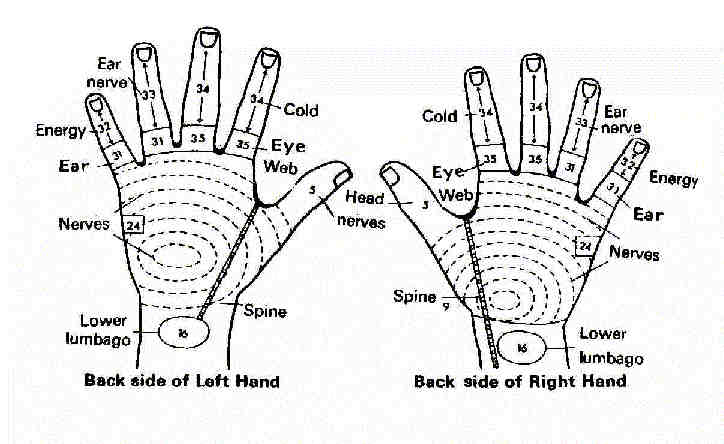
Background: Acupressure has been practiced in India for over 3000 years. This therapy was taken by Buddhist monks to Sri Lanka as Buddhism flourished in Sri Lanka. The monks subsequently took it with them to Japan and China. Acupressure was developed more specifically later in these two countries.
Acupressure is related to acupuncture. Acupressure is the art of treating pain and illness by applying pressure on specific points along the meridians with the help of one’s thumb or blunt objects.
Theory and principle of action

These five elements water, wood/earth, fire, air, space (ether) are controlled by the electricity of the body. This electricity, also called Chetana, comes from our life battery or the electric currents that exist in the human body such as the heart and brain. This life battery is part of our life force.
See Fig 1.
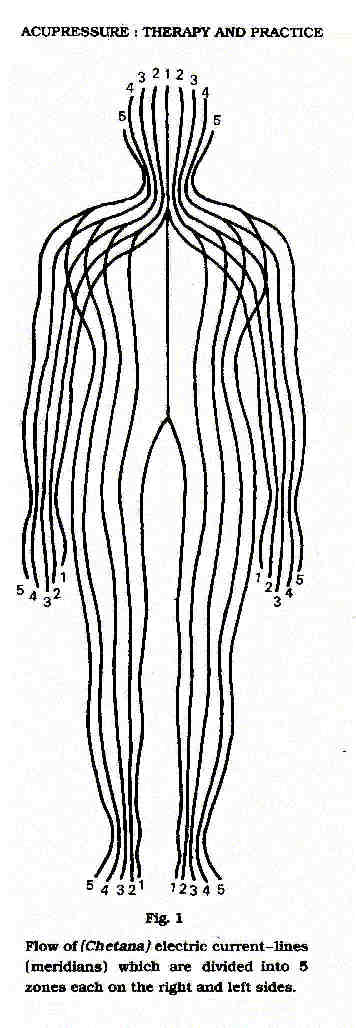
The flow of Chetana electric current lines is along the meridians, which are divided into five zones on the right and left side of the body. The meridians run from the finger tips to crown, and toes to crown. This electric current travels in the order of, from the tip of each finger of the right hand, goes all over the body and ends in the toes of the right leg. As long as there is an even flow of this current the body is at harmony. If for any reason there is a blockage it can cause pain or if ignored can cause illness or dis-ease. These currents are also connected to the organs and endocrine glands. The meridian lines run along the position of the organs and endocrine glands in the centre of the body and organs and glands off the centre of the body. Thus their corresponding points are on the right and left palms and soles. In Acupressure, it is believed there are some 900 points all over the body.
See diagrams of endocrine glands.
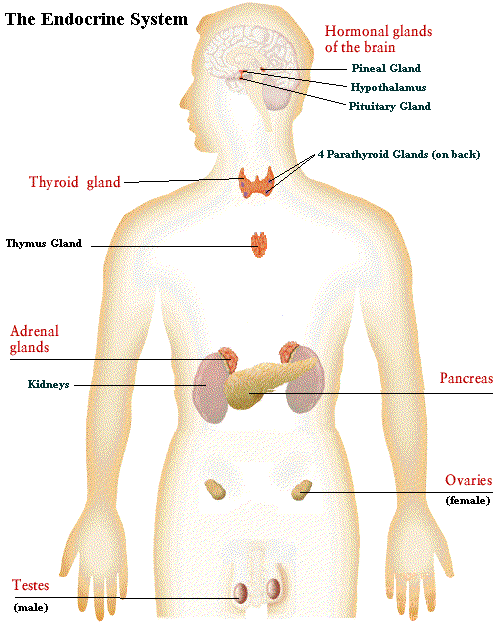
When and how much pressure to apply?
Anesthetic Effect
When you apply pressure for more than 3 minutes it creates an anesthetic effect .Thus it is effective to do so for body aches with the corresponding pressure point.
Limitations
If you do not find a slight improvement after a week of continues treatment the damage and /or illness is more severe than you realize. Other factors to consider are change in diet and or seek medical assistance immediately.
The Solar Plexus
To check if the solar plexus is out of balance:
- In the morning on an empty stomach, press your thumb on the navel. You will feel a throbbing sound like the heart in the center of the navel.
- The distance between the nipples on right and left to the solar plexus must be equal in distance.
- Lie on your back, hands by your side. Legs kept straight, toes up. The big toes of each foot must be level height together.
If there is severe flatulence, the throbbing will be felt around the navel. The upward shifting of solar plexus leads to constipation, downward shifting brings on diarrhea or more bowel motions than usual.
Methods to adjust Solar Plexus
- By pushing the throbbing towards the center of the navel
- Lie on your back, hands by side ask someone to apply pressure on the knee of the leg of which the big toe is at a higher level. If needed pull up the lower toe up.
- Do leg lifts, hands by side. Lift both legs at 90 degrees, five to six times.
Meridians points of the body
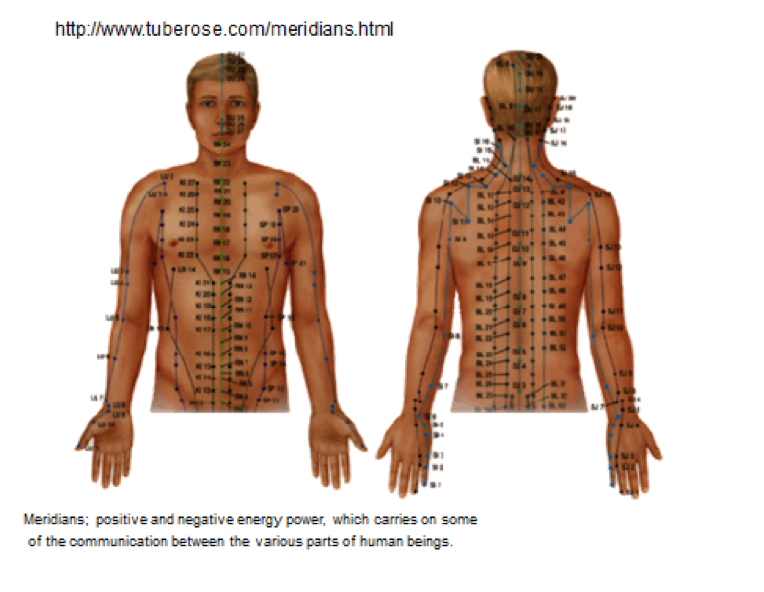
Acupressure for the feet
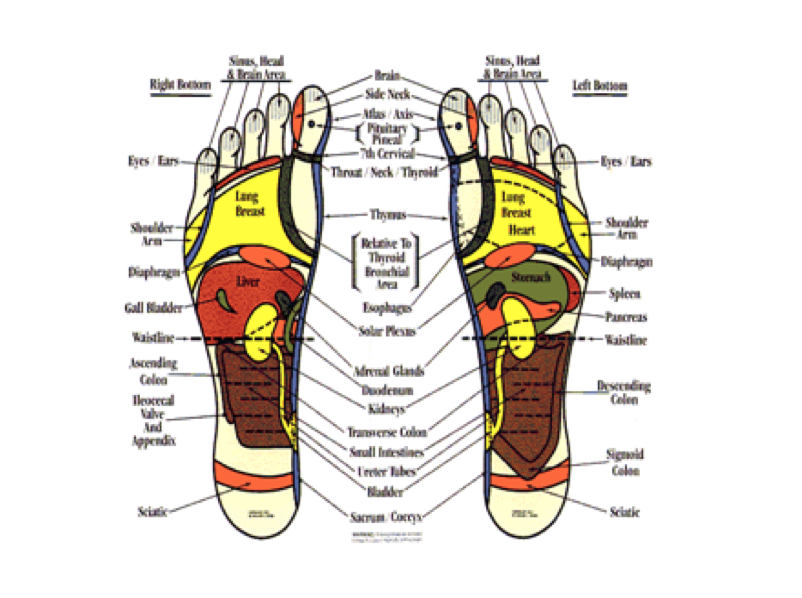
Reference
Nakpibhan. C. (2010) Lesson 6-03 Endocrine System. Retrieved from http://cosbiology.pbworks.com/w/page/11556262/Lesson%206-03%20Endocrine%20System.
Author unknown. Retrieved from https://ohgoshmygrades.files.wordpress.com/2014/11/09-endocrine-glands.jpg
please complete GHIS consultation and training request form.

